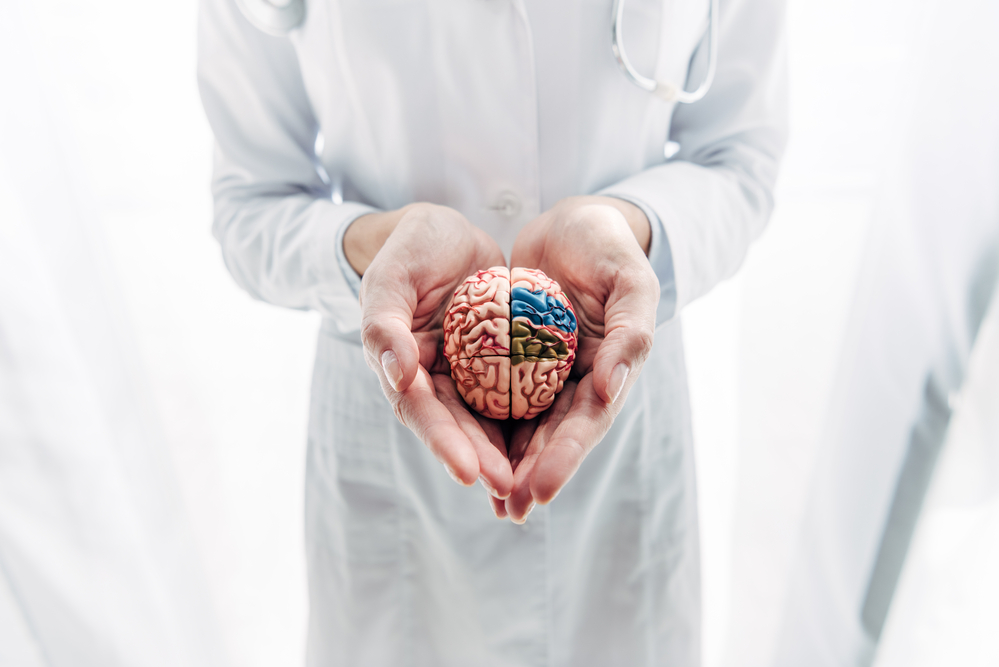
Understanding Pain with Orgasm in People with Endometriosis

Endometriosis affects about 10% of women and individuals with a uterus, causing tissue similar to the uterine lining to grow outside the uterus. This can lead to severe menstrual cramps, pain during sex, and chronic pelvic pain. The pain comes from both local inflammation and changes in nerves around the endometriosis tissue, as well as from an overly sensitive nervous system that amplifies pain, which is known as central sensitization. Central sensitization can also contribute to anxiety or depression.
Some people with endometriosis experience worsened pelvic pain during orgasm. This may be due to muscle pain in the pelvic floor, uterine tenderness, or heightened pain sensitivity in the nervous system. However, research on this is limited.
To investigate further, researchers studied patients aged 18-50 from a specialized pelvic pain center using data from the Endometriosis Pelvic Pain Interdisciplinary Cohort (EPPIC). They examined the connection between pelvic pain during orgasm, pelvic floor muscle pain, and nervous system sensitivity. Participants completed surveys on pain symptoms, anxiety, and depression, as well as underwent physical exams and surgeries. Postmenopausal individuals and those with incomplete data were excluded.
The study aimed to compare those with orgasm-related pain to those without, focusing on pelvic muscle pain and central sensitization as key factors using statistical analyses to identify significant differences.
Ultimately, 358 participants from the EPPIC were involved in this study. The average age was 34.3 years, with most participants being heterosexual (84%). About 80% were in a relationship, and participants had diverse ancestries.
Out of this group of individuals, 49 people (14%) reported experiencing pelvic pain that worsened with orgasm. Participants who reported pain during orgasm had significantly more pelvic floor muscle pain and higher scores indicating central nervous system sensitivity. They also experienced worse sexual health, including more severe pain during intercourse and higher levels of sexual distress. Additionally, this group reported higher rates of anxiety and depression.
While there were no differences in uterine tenderness or certain ultrasound findings between the two groups, the presence of ovarian endometriosis was notably higher among those without orgasm-related pain (52% compared to 35%).
The study’s findings remained consistent even when participants without pelvic pain were excluded from the analysis. Key associations with pain worsening during orgasm included pelvic floor muscle issues, chronic pelvic pain, and mental health factors such as anxiety and depression.
Overall, these results highlight the significant relationship between pelvic pain worsened by orgasm and various physical and psychological health factors in individuals with endometriosis. With this in mind, the authors of the study suggest that pelvic floor therapy may help manage orgasm-related pain in endometriosis patients, since muscle contractions during orgasm might contribute to this discomfort. However, further research would be needed to gauge the effectiveness of this potential treatment option.
References:
- Ding, A., Noga, H., Bouchard, K. N., Bedaiwy, M. A., Lee, C., Allaire, C., Orr, N. L., & Yong, P. J. (2024). Pain with orgasm in endometriosis: Potential etiologic factors and clinical correlates. The Journal of Sexual Medicine, 21(9), 807–815. https://doi.org/10.1093/jsxmed/qdae084



